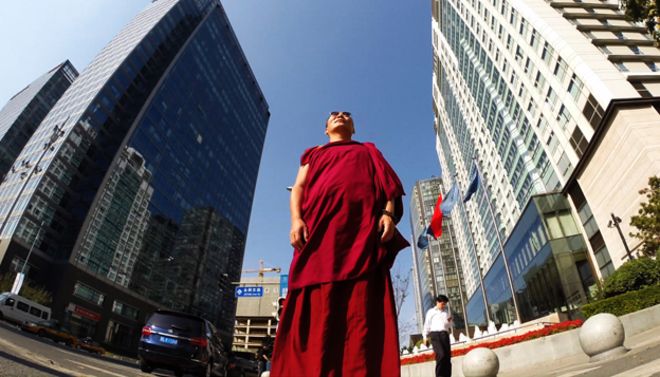
Buddhism and Communism – Babasaheb’s Comparative Analysis
Babasaheb Ambedkar was the student of Tripitaka and he read so much on Communism. That was the time when the communism was in ascent all over the world and the Buddhist East was coming into its grips. The Chinese Communist revolution was on and was finished in 1949. Being the follower of the Buddha, Babasaheb wanted to engage Buddhism with current political philosophies and ideologies so that Buddhism become an important method to solve the problems facing the world.
Babasaheb Ambedkar first brought out the important aspects of Buddhism from his reading of the Tripitaka and then he brought out the important points from his reading and understanding of communism. He summarized the essential elements of Communism. After bringing out the essential points of both Buddhism and Communism, Babasaheb then compared them two in terms of similarities and differences. After drawing out the similarities and differences, Babasaheb then compared the methods to reach desired by both the Buddhism and Communism. He then compared the efficacy of the methods advocated by Buddhism and Communism. This was the method he applied two compare, study, and prove his thesis that Buddhism offers more sustainable method to reconstruct the world.
The aim of the communism is the end exploitation in the world and the aim of the Buddhism is to end the suffering in the world. That is the point of agreement between Buddhism and Communism. Buddhism and Communism also agree that there is a conflict of interest in the society. But the methods offered by Communism as Babasaheb Ambedkar summarised are:
.
- Violence
- Dictatorship of the proletariat
The methods that the Buddha offered to end the suffering in the world as summarised by Babasaheb are:
- Panchshila
- Noble Eightfold Path
- Doctrine of Nirvana
- Paramitas
Babasaheb Ambedkar goes into details explaining the Buddhist methods point wise and analytically and he explains the efficacy of the Buddhist methods.
There is an analytical understanding of “use of force” which is the heart of discussion and differentiation between Buddhist methods and communists methods. While the Buddha did not discount the use of force as energy (the terms he picks up from his teacher at the Columbia, John Dewey), but the force as violence must be exercised and controlled and regulated. The force as violence is altogether not denied in the scheme of Buddhism, but it the “lender of last resort” and it cannot be used unless no other method is available to stop the exploiters from exploiting others.
The detailed study of Buddha and Marx is a must for the Buddhists and Communists. In fact, Babasaheb’s is the profound attempt to make Buddhism relevant to the modern world. He did not just inaugurate the greatest non-violent movement for liberty, equality, and fraternity, but spelt out the framework in which the radical revolution is possible in the world that will reconstruct the world for better.
Author – Mangesh Dahiwale, Human Rights Activist



+ There are no comments
Add yours